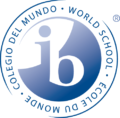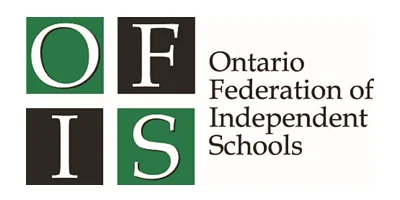HELP YOUR CHILD FALL IN LOVE WITH MATH
FUN WAYS TO BOOST YOUR KID’S PATTERN, MATCHING, AND NUMBER SENSE
Forget online games, tiresome worksheets, and b-o-r-i-n-g flash cards. Instead, bring out your little one’s inner Einstein with these kid-friendly activities and items you already have in the house!
If you think preschool kids are way too young to dabble in math concepts and pint-size calculations, education experts have news for you.
In a study, Northwestern University researchers found that children who enter kindergarten with elementary mathematics and reading skills in place were the most likely to experience academic success later. “The single most important factor in predicting later academic achievement is entering school with a mastery of early math and literacy concepts,” one researcher said.
Happily, you don’t have to be a rocket scientist to promote a foundation in math; just introduce your two-, three-, or four-year-old to concepts such as sorting, counting, matching, and other math basics early. Do it in a fun, real-world kind of way.
Everyday Math: What’s a Parent to Do?
- Use items you have at home to pique curiosity and inspire learning. Dinner and salad plates, pots, pans, lids, kitchen utensils, and nesting measuring cups and spoons are wonderful tools for your future mathematician.
For younger kids:
Show your child how to compare like items in several sizes. Place two wooden or metal spoons on a table and ask your child, “Which one is bigger?” and “Which one is smaller?” Add two more spoons. Ask your child to point to the largest, and then the smallest. See if he can arrange them in size order. Set the nesting cups on the counter. Show him how the smallest cup fits into the cup that’s just a little bit bigger. Let him separate them and put them together again.
For older children:
Place the nesting cups, spoons in various sizes, or the pots and pans randomly on a table. Invite your child to arrange the items in order from the largest to smallest. Mix them up and have him reverse the order. To boost the challenge, place one spoon, one fork, and one blunt knife on the table—in no particular order. Ask your child to “set the table” using the flatware you gave him. Then encourage him to do it again, putting the spoon first, the knife second, and the fork last. Placing utensils upside down and backward counts also. How many combinations can he think of?
- Indulge your child’s passions. Kids love collecting. And that’s great because hunting for more of the same is so much fun, and virtually anything kids amass (read: whatever holds their interest) can serve as a practical starting point. Got a girly girl? Gather barrettes and bows for her to “play” with. A guy’s guy? Scout the house for cars and trucks. Stamps, shells, rocks, stones, coins, sports cards, pictures, and plastic figures are also options. Encourage your child to count the number of items in her collection, or sort and organize them anyway she likes, including by size, color, shape, or texture.
For younger kids:
Start with the basics. Select one item, hand it over, and say, “You have one stuffed animal.” Give her a second and say, “Now you have two! If you find one more, then you’ll have three!” Let her search for the third item.
For older children:
Boost the challenge by combining preschool math with another activity—for instance, restocking a bookcase. Have your child determine the heaviest books, let him place them on the lowest shelf, and then encourage him to place the lightest books on the top shelves. (This is an analytical process.) See how many ways he can shelve the books, including side-by-side or horizontally stacked. Rustle up buttons or plastic links and let her have fun creating patterns: two red buttons, followed by one blue button, followed by one yellow. Repeat. Then change it up again. Or move on to estimation with a handful of coins from a piggy bank, or a handful of Cheerios. Ask your child to guess the number and then verify by counting.
- Turn your car into a mobile learning center. Who doesn’t love a road trip? Look for teachable moments on your next outing to the mall, the supermarket, dance class, or soccer practice.
For younger kids:
Rename your trip a “geometric adventure” and encourage your child to look for familiar shapes on side streets and highways. Lanes are lines. Wheels are circles. Trucks and cars are squares and rectangles.
For older children:
Encourage your child to search for signs in novel shapes: a stop sign is an octagon, a dead-end sign is a diamond, and yield or road work sign is a triangle. Once you reach your destination, find opportunities to practice addition and subtraction. At the supermarket, for example, select six apples and ask your child to count them. Then say, “But I want to buy just four. How many should I put back?”









